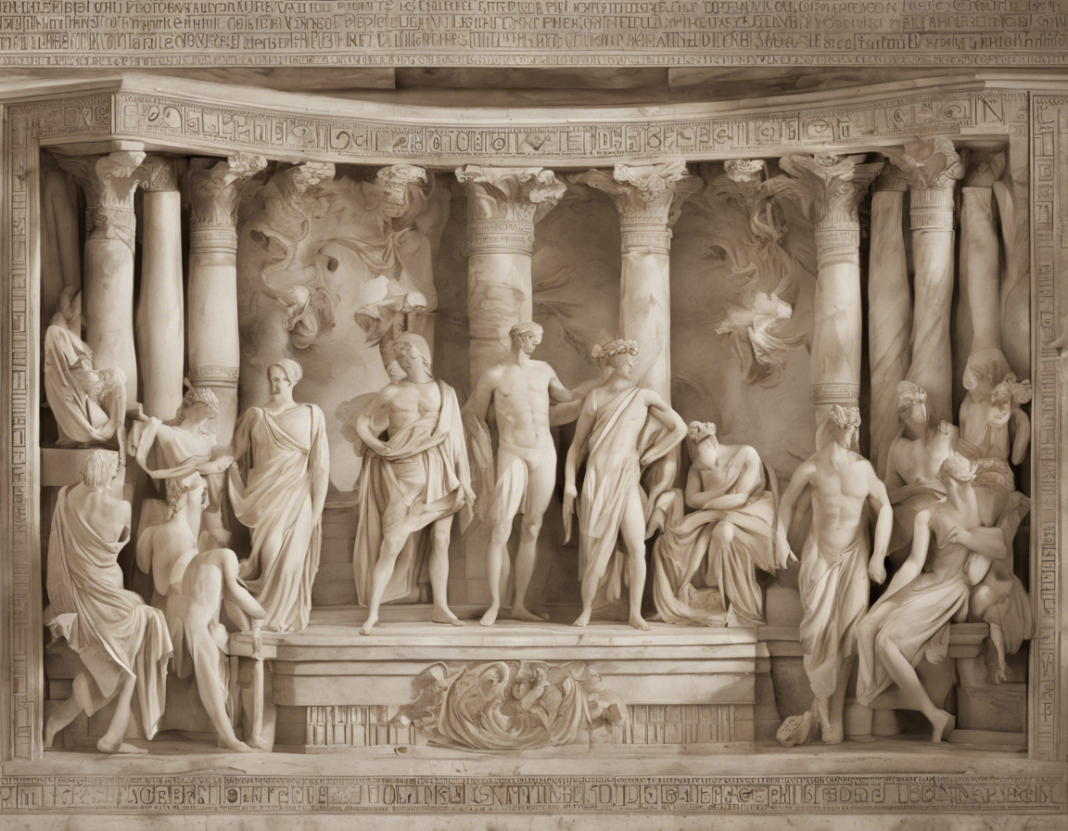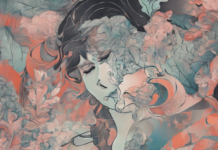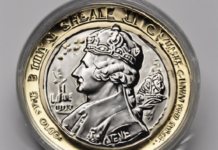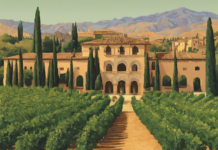Ode on a Grecian Urn by John Keats is a renowned poem that delves into the nature of art, beauty, and human experience. Written in 1819, the poem reflects Keats’ contemplation on the eternal quality of art and the transient nature of human existence. In this article, we will provide a comprehensive summary of this famous ode.
Summary:
The poem begins with the speaker addressing the Grecian urn as a timeless piece of art that captures the imagination. He contemplates the scenes depicted on the urn, including a bride and groom, musicians, and a heifer being led to sacrifice. These frozen moments in time evoke a sense of beauty and tranquility that transcends the limitations of human life.
In the second stanza, the speaker focuses on the lovers depicted on the urn, noting their eternal youth and the permanence of their love. He contrasts this with the fleeting nature of human love, which is subject to time and decay. The speaker envies the lovers on the urn for their unchanging bliss, free from the ravages of age and mortality.
The third stanza shifts to the depiction of the musicians on the urn, praising their eternal melodies that will never fade away. The speaker marvels at the ability of art to preserve moments of joy and beauty for eternity, unlike the transient pleasures of human experience.
In the fourth stanza, the speaker reflects on the heifer being led to sacrifice on the urn, a scene that symbolizes both the beauty and cruelty of life. He contemplates the paradox of the urn capturing this moment of both pain and beauty, suggesting that true art must embrace the complexities of human existence.
In the final stanza, the speaker addresses the urn directly, praising it as a faithful chronicler of the past and a source of eternal wisdom. He acknowledges the power of art to transcend time and touch the depths of human emotion, offering solace and insight to those who contemplate its mysteries.
Overall, Ode on a Grecian Urn is a profound meditation on the enduring power of art to capture the essence of human experience. By exploring the themes of beauty, transience, and immortality, Keats invites readers to reflect on the nature of creativity and the timeless truths that art can reveal.
Key Themes:
– Art and Beauty: The ode celebrates the beauty of the Grecian urn as a timeless work of art that captures moments of joy and sorrow.
– Time and Transience: Keats contrasts the eternal nature of art with the fleeting experiences of human life, highlighting the impact of time on beauty and love.
– Immortality and Mortality: The speaker grapples with the paradox of eternal youth and the inevitability of death, exploring the tension between permanence and impermanence.
– Emotion and Meaning: Through his contemplation of the urn, the speaker seeks to find emotional depth and existential meaning in the face of life’s uncertainties.
Frequently Asked Questions (FAQs):
- What is the central message of Ode on a Grecian Urn?
-
The central message of the poem revolves around the enduring power of art to capture moments of beauty and emotion that transcend the limitations of human existence.
-
Why does Keats focus on the Grecian urn as the central symbol of the poem?
-
Keats uses the Grecian urn as a symbol of eternal beauty and artistry, highlighting its ability to preserve moments of joy and sorrow for posterity.
-
How does the poem explore the theme of time and transience?
-
The ode juxtaposes the timeless nature of the urn with the transient experiences of human life, underscoring the impact of time on beauty, love, and mortality.
-
What is the significance of the scenes depicted on the urn, such as the lovers and the heifer being led to sacrifice?
-
The scenes on the urn symbolize the complexities of human existence, including the themes of love, sacrifice, beauty, and pain that shape our shared journey.
-
How does Keats use language and imagery to evoke a sense of beauty and contemplation in the poem?
- Keats employs rich descriptive language and vivid imagery to transport readers into the world of the Grecian urn, inviting them to reflect on the profound mysteries of art and life.
Stay connected for more insightful analyses and summaries!






